Heavy Whalley has spent a life in love with the hills and in the service of others, holding key roles in Mountain Search and Rescue over several decades. David Lintern met up for a chat.
Please introduce yourself.
My name is David ‘Heavy’ Whalley. I was born in Ayr and brought up to love the mountains and wild places. I was a bit of a wild kid and there were very few jobs about in Ayrshire at that time. I joined the RAF in 1971.

Where did your passion for the mountains start?
My Dad and Mum gave me a huge love of the mountains from Arran to Galloway and then the Highlands and the Munros. My dad was a Church of Scotland Minister and most years we would swap manses and stay in Arran or the Highlands. I was also a member of the Boys Brigade, and we would go on mini expeditions to Galloway staying in bothies. Back in the mid 60’s, the schools ran days out to the hills, and there was a particularly memorable visit to climb Ben Lomond in winter. Later, on a trip to Glencoe, Hamish MacInnes helped us off Bidean nam Bian in bad weather. Hamish became a great friend many years later. By then, I was hooked on the hills, and have been for nearly 60 years.
Tell us about your job in the RAF – both your formal post and the MRT work. How did the latter develop out of the former?
I was a catering accountant and did the finances and delivered rations, but aside from that I was pretty focused on getting into the Mountain Rescue Team. I met the team leader George Bruce, and he became my mentor. This was 1972 – I remember the Cairngorm tragedy (in which 5 teenage schoolchildren and one leader perished on the plateau in a blizzard) had occurred the year before and the team was hard to get into. But food was very important for the team, and it didn’t hurt that I worked in catering.
How did you earn the nickname Heavy?
Initially, I was stationed at RAF Kinloss in Moray, and I tried to join the Mountain Rescue Team – but I was 7 stone and 5 ft 4 ins and was told that I was too skinny! But despite my size, I was very fit and could handle myself, so the nickname stuck. In my early years I had a bit of a hard time at work, especially after being away on rescues. I was told by some that I would never have a long term career. I think there was an impression among some of the bosses that we were skiving.
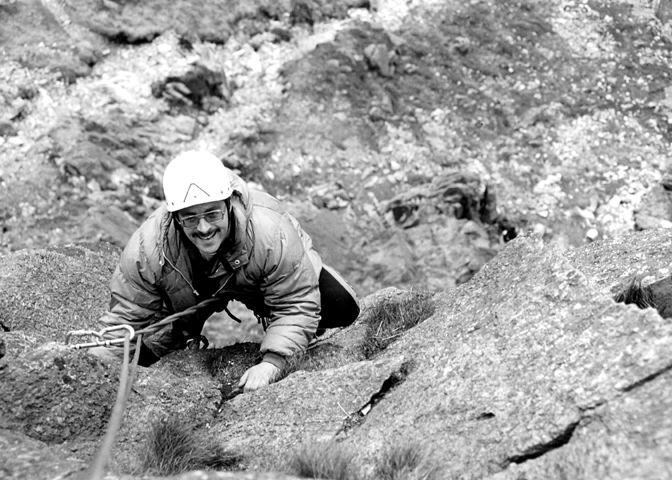
In what ways is Mountain Rescue in the military different to the work of the civilian teams?
The RAF teams primary task was to attend to aircraft crashes and to do this we trained all over Scotland, unlike civilian teams which by and large focus on their own area.
During my career, I attended many serious plane crashes including Lockerbie, the Chinook on the Mull of Kintyre and the Shackleton on Harris. There were the security aspects of a military crash, and the work of the Board of Enquiries, which for us could involve safeguarding the inspecting officers. Some of these incidents took days or longer. Many were tragic events, like the Wessex helicopter crash on Ben More that killed the Killin MRT leader. There were plenty of civilian aircraft crashes as well, like the Viscount on Ben More and some of the harder to reach places – one on Barra comes to mind.
Mountain incidents are very different. I would say that during my time, 95% of these were civilian in nature. The RAF were engaged with around 10 fatalities a year, all over Scotland. Our teams were deployed to support the civilian teams, especially in more remote areas.
What do you think has changed since you were team leader for Leuchars and Kinloss?
The personal gear, and communications information are much better. Mobile phones and GPS technology are a huge help, as is the use of helicopters. Night vision has also improved helicopter reach, but one thing has remained true despite the advances in technology: in really poor weather, boots on the ground can be the only option. Ground teams are the only all-weather Search and Rescue (SAR) capability.
There are far more women in the teams, too, which is a great improvement to my mind – and this is the case not just in Mountain Rescue but on the hill more generally. It’s worth noting that in 1972, Molly Porter was the team leader of Cairngorm MRT, but she was perhaps the exception that proved the rule at that time.
It’s also worth noting that upwards of half the incidents nowadays are searches for ‘vulnerable people’. It now comprises a significant amount of work, especially for teams closer to the urban centres. These are not necessarily recreational hill people. Their behaviour and psychology is very different and searching for them requires different skills. It’s not easy for the teams, who can be dealing with missing persons, dementia, even suicides.
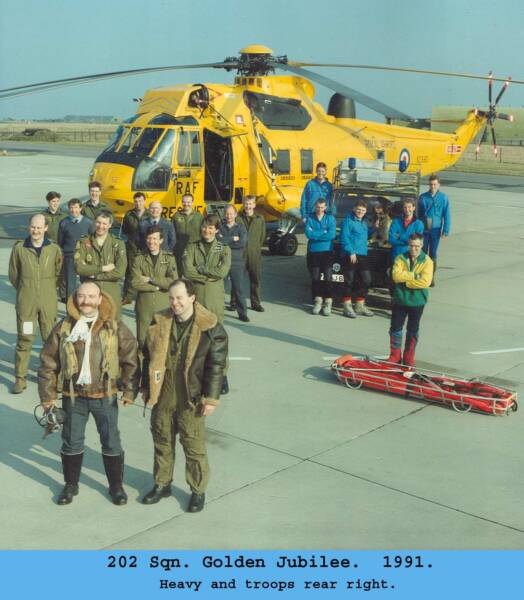
Are hillgoers better equipped or informed these days, or do the same mistakes crop up?
I’d say some and some. Generally, we’re all far better equipped today than in the past and nearly all the gear we use is far better.
On the other hand, a lack of navigation skills is a key problem, and an over reliance on phone mapping and GPS units which can and do fail or run out of battery life.
And while clothing and equipment functions better than in the bad old days, there’s still plenty of cases of people forgetting or failing to carry maps, compasses, and torches.
Self-reliance used to be a key factor in mountaineering, but perhaps it’s become too easy to forget or neglect this. I don’t say this to be judgmental; we just need to be realistic about the help we can expect, if and when we need it. A helicopter can’t just pull you off the hill in 5 minutes – you can be stuck for many hours before help arrives, sometimes overnight.
So, you need to carry enough with you – kit and skills – that if someone goes down you can look after both them and you. We all have a duty of care to each other – the teams for their team members and the public, the public for themselves. If we climb or walk in wild places, we increase risk. We have to accept that is the game we play; own that and be responsible for it.
What stands out from a safety point of view, after being the accident statistician on the Scottish Mountain Rescue committee?
Navigation, navigation, navigation – there’s a reason we ALL go on about it – it really is the most common cause of callouts. Battery failure on phones and GPS units being the associated cause…
There are a lot of slips, too: People not using crampons or axes on steep ground, or not deploying them early enough, or using poles instead.
Then there are just cases of folk being caught out by the weather. This can happen even if you are careful, but that doesn’t mean you shouldn’t check the forecast or the avalanche risk!
There’s arguably a trend more recently for safety experts to focus on decision making in the mountains, as well as the ‘hard skills’. Would you agree?
Yes, decision making wasn’t spoken about as much as it is now – it’s another way things have improved. This is particularly relevant when entering avalanche prone terrain.
I was involved in an avalanche quite early on in my hill going life – in 1972 on Lancet Edge near Ben Alder. Back then, we had limited knowledge of avalanches. We would go out in any weather and learnt the hard way. On several call outs we roped up on the plateau in winds over 80mph thinking we were invincible. We were not!
We talk about the ‘wicked learning environment’ and to my mind it refers to mistakes we got away with. But we got lucky… what happens when the luck runs out?! Everyone thinks they are experienced, and most mountaineers who go missing think they are. But what constitutes ‘experienced’?
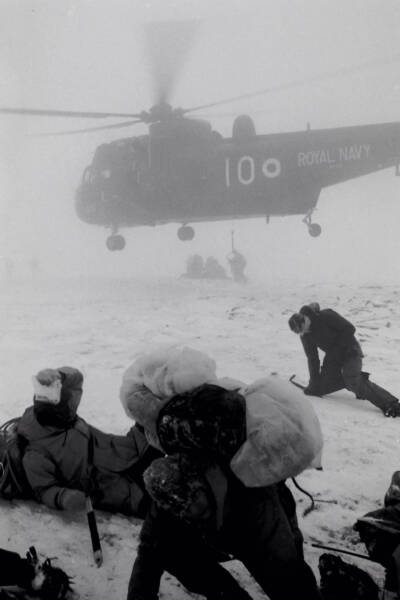
One of the ways I hope I made a difference is, if I was putting a team on the hill, I would insist that myself or someone in the team would interview any witnesses. We didn’t rely on reports. Quite often the witness would be the hill partner or survivor, and by speaking to them directly, we’d get a much more complete picture of what had happened and how experienced they were. That information made a huge difference in the search.
To my mind, a good way to work through the day’s decision making is a simple chat on the approach. Discuss the route finding, the snow conditions, plans for escaping the route if conditions change. This raises awareness and makes sure everyone is on the same page. It’s also good to read about your route beforehand – but be aware that paths disappear under snow cover!
I’m also a great believer in a quick shakedown outing early on in the winter season. It’s a chance to check over your gear. Are your boots, axe and crampons in good condition? If nothing else, it’s a reminder to pack the torch and the goggles next time. It’s also an opportunity to expose yourself to the elements and remind yourself how tough it can be.
You’ve talked openly about the mental health impacts of some of the accidents you worked on, and in particular Lockerbie. What was learnt from those horrible days?
I see big changes nowadays. There is nothing romantic about dying in the mountains, it’s horrific. In my first year in the team, 3 climbers fell on Tower Ridge on the Ben. We carried them to the CIC hut. I was one of four who went back onto the ridge to see where they fell. I was 18 and they were Navy lads. A few weeks later, a lady died in Five Finger Gully on Ben Nevis, next to her fiancé who was alive. That was a night call out, and it left a big impression on me.
Lockerbie was exceptional – there were 270 fatalities, the scale was just awful. It was also a crime scene, so unlike a hill fatality, we could not move anyone. Team members covered the dead with their own jackets. I was first on the scene and was asked to do a recce. As I returned, I was asked by our Control what we would need. Among other things, I told them we would need counselling. None of us were strangers to tragedy at this point – I had 15 years’ experience – but the situation was unprecedented. At the time, there was pushback from both the military and from within Mountain Rescue to that call for help. Admitting emotional distress was seen as a sign of weakness. But that incident had a huge effect on my family, as well as over half the team.
Thankfully, awareness and acceptance of trauma and PTSD, and concern for mental health and wellbeing is far improved these days, and there are courses and therapy on offer. Teams are still close knit and have their own ways of managing these things, too – for many of us, it is our extended family. And after the Lockerbie experience, I insisted we stay the night to debrief together after a serious incident.
Where else have you walked and climbed in the world?
I have been so lucky. I’ve walked and climbed in the Alps, the Himalayas, India, Pakistan Tibet, Canada, Yosemite, Alaska and the Falklands. I witnessed tragedy in these places too but clearing the high camps on Everest while everyone returned to base camp was a literal high point. It was just me and the Sherpas left, no one else – very humbling. The refuse that remained was heart-breaking. We took fifty bags of it back, as much as we could manage.
It was great the way mountain folk treated us, and there’s a fantastic camaraderie among the climbers from all over the world, as well. I wish the politicians would learn from them!
Do you have a favourite Scottish hill or mountain area to visit, and why?
I have a fondness for An Teallach, the Fisherfield, Skye, Rum and the Islands. The huge corries on An Teallach are an exciting way onto the ridge. Few people climb all the tops, but they are great viewpoints. And I love the islands because of that combination of sea and mountain – it’s completely unique. To me, these places bring back a flood of memories, of walking, climbing and of rescues.
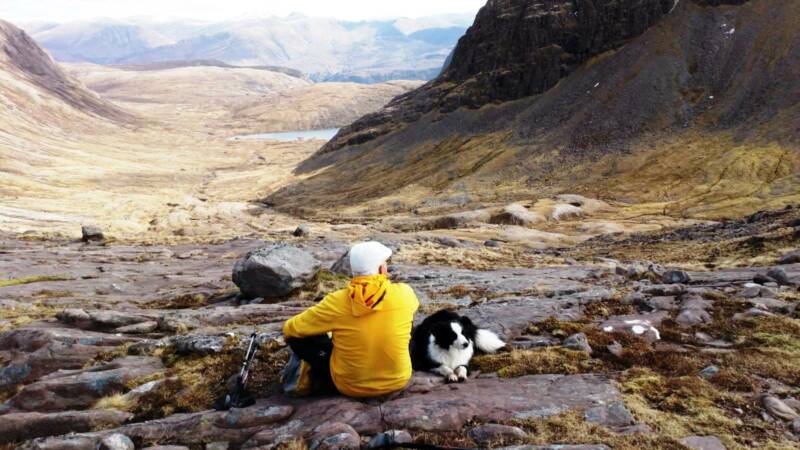
What scares you about the mountains and what do you still love about them?
As I get older, I notice my reactions are not as fast. A few years ago, I fell while walking with poles on ice. Before I knew what was happening, I was heading for the cliff. I had to steer myself into a boulder to stop.
I’m still learning every day, especially in winter. And ‘skill fade’ is real; even now we always check each other’s harness’. Buddy checks stop stupid mistakes.
In my life I have lost many pals in their prime to mountaineering. At times it puts you off, yet the call of the hills is still so special. As is introducing people who are new to the mountains. I really enjoy teaching through the mountaineering clubs, and it’s fantastic to see how the young folk who joined the teams have developed over the years. I still take great pride in it.
And there is nothing better than bringing someone off the hill alive. My last callout was at Kintail where we located a missing person at first light. He was in a bad way, but he did recover. It was a wonderful end to my career. Knowing the hills well is a huge bonus for searching areas or assisting climbers. That feeling of a group working together to bring an injured mountaineer of the hill makes it all worthwhile. It’s incredibly satisfying when it all comes together.
Though I’m now retired, but I get emails and letters from families about incidents 30 or 40 years on, some wanting closure or to say thanks. It’s a huge privilege to have been in these places, and now to be able take friends and relatives back to where an accident occurred, to pay their respects.
What does Mountain Rescue mean to you?
We are so very lucky to have this unique, and free, service in the UK. Like Scottish access rights, these privileges are hard won by previous generations and worth defending. I was honoured to be Chairman of the Mountain Rescue Teams – they are special folk supported by their families and friends. Mountaineers are in the main selfish, and few of us think of those we leave at home. But our families sacrifice so much too – we miss birthdays and other special occasions to go on calls. And they worry about us, so we must be as safe as possible.
And from the public’s point of view – Mountain Rescue Teams and SARDA (Search and Rescue Dog Association) are unpaid volunteers and also regular people – not superheroes. Spare a thought for their safety and their families.
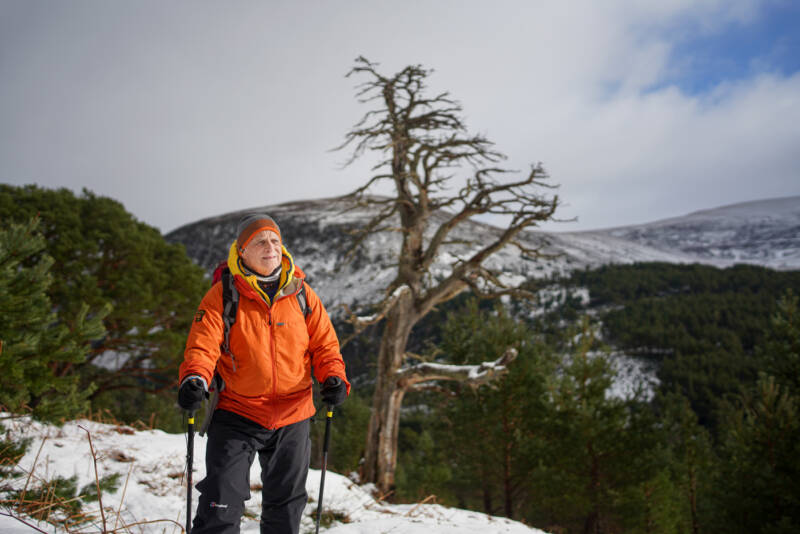
What do you do when you are not on the hill?
I am trying to write a book. I also love photography, football, botany, reading… and golf. My hill pals take the mick a bit but it’s something different and stops me talking about mountains 24/7!
What can we do as hillgoers to keep ourselves as safe as possible?
When you go on the hill, you go to enjoy it – that’s the whole point. Just be prepared, so you can carry on enjoying it!
- Use the weather forecast and avalanche information to plan your route and think through how conditions might change your plans. We live in an information rich age – use it!
- Leave your route plan with someone you trust. Tell them what they should do if you are late. This is such a simple, low tech idea but it’s still an issue in Mountain Rescue incidents.
- Consider the fitness of yourself and also of your whole group. Look after each other.
- Go out with someone experienced if you can. If not, go on a course – it’ll be cheaper than your £200 jacket!
- Don’t be a follower – look at the map and know where you are, be involved in the decision making process. Be as self-reliant if possible.
- Make sure your phone or GPS are charged and carry spare batteries.
- Checked your torch before every use. Carry spare batteries.
- Carry a map and compass, and if you need glasses, have them with you.
- Carry a whistle – it’s cheap and still effective!
- Carry a bothy bag – it can save your life.
- Know what to do in an emergency and chat about this before you go out. It’s also great to be aware of any medical issues in the group (Blood group? Allergies?)
- Make sensible decisions. “The hills will always be there”, the secret is to be there with them.
